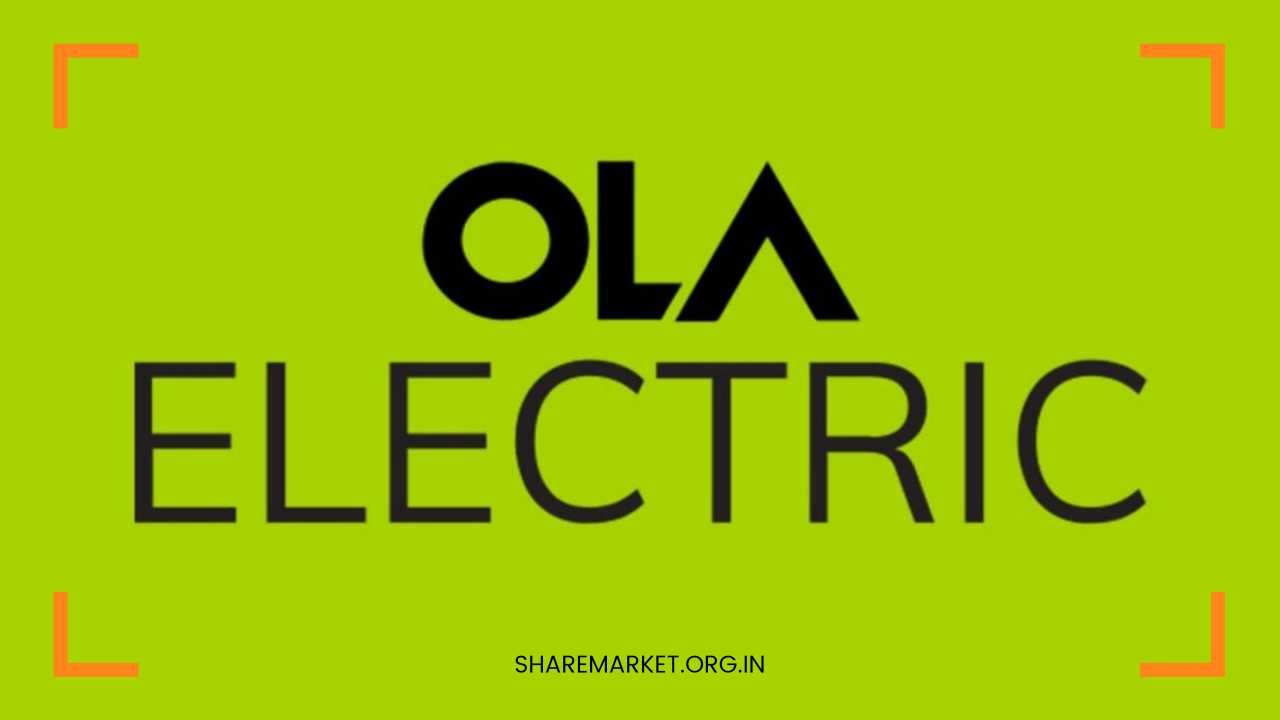Ola Electric IPO: Issue Size, Reserve Share, Risk Factors, Revenue, Valuation, and More

Ola Electric IPO
Ola Electric, under the leadership of entrepreneur Bhavish Aggarwal, is poised to make history in the Indian financial markets by becoming the first electric vehicle company to embark on an Initial Public Offering (IPO).
This move comes at a time when the electric vehicle sector is gaining momentum globally, and Ola Electric stands as a prominent player in India’s transition to sustainable mobility.
With an estimated valuation of around $5.4 billion as of September 2023 and notable investors like SoftBank and Temasek, Ola Electric’s IPO has generated significant interest among investors and industry observers alike.
While the Draft Red Herring Prospectus (DRHP) submitted to the Securities and Exchange Board of India (SEBI) does not provide specific details about the IPO’s timing and price band, it offers a comprehensive overview of various critical aspects, shedding light on the company’s financials, fundraising objectives, utilization of proceeds, share structure, and risk factors.
Fundraising Objectives and Dual-Issue Structure:
Ola Electric aims to raise an impressive Rs 7,250 crore through the IPO, demonstrating its confidence in the market and its growth prospects.
The dual-issue structure of the IPO includes the issuance of new shares and an Offer for Sale (OFS). The new shares are anticipated to raise Rs 5,500 crore, while the OFS will involve the sale of shares worth Rs 1,750 crore.
Participants in the OFS:
The Offer for Sale (OFS) segment provides an opportunity for existing stakeholders to divest their holdings. Approximately 4.74 crore shares will be offered for sale on behalf of Ola Electric founder Bhavish Aggarwal, while SoftBank will put up 2.39 crore shares.
Additionally, existing investors such as Temasek, Tiger Global, Alpha Wave, Tekne Private Ventures XV, Matrix Partners India Investments, Indus Trust, Kaha Wave Ventures, Alpine Opportunity Fund, DIG Investment Internet Fund, MacRitchie Investments, and SVF II Ostrich will also contribute to the OFS.
Utilization of IPO Proceeds:
One of the crucial aspects outlined in the DRHP is the detailed breakdown of how the funds raised through the IPO will be utilized.
This transparency provides potential investors with insights into the company’s strategic priorities. The earmarked allocations include:
- Gigafactory Project: Rs 1,226.4 crore is designated for the Gigafactory project of Ola Cell Technologies, underlining the company’s commitment to scaling up its manufacturing capabilities.
- Research and Development: Ola Electric plans to allocate Rs 1,600 crore towards research and development, emphasizing the importance of innovation in staying competitive and meeting evolving market demands.
- Organic Growth Initiatives: A sum of Rs 350 crore is set aside for organic growth initiatives, reflecting Ola Electric’s intention to expand its market presence and explore new business avenues.
- Debt Repayment: Rs 800 crore will be utilized to repay the debt of Ola Electric Technologies, streamlining the company’s financial structure and enhancing its overall financial health.
Share Reservation and Investor Categories:
The IPO’s share reservation structure is designed to ensure participation from various investor categories.
In Ola Electric’s IPO, 75% of the shares are reserved for Qualified Institutional Buyers (QIBs), 15% for non-institutional investors, and 10% for retail investors. This allocation strategy aims to create a balanced and inclusive investment environment.
IPO Managers and Registrar:
The book running lead managers to the Ola Electric issue include renowned financial institutions such as Kotak Mahindra Capital, Citigroup Global Markets India, BofA Securities India, Goldman Sachs (India) Securities, Axis Capital, ICICI Securities, SBI Capital Markets, and BOB Capital Markets. The registrar for the IPO is Link Intime India, which plays a crucial role in facilitating a smooth and organized IPO process.
Financial Performance:
Understanding a company’s financial performance is integral to evaluating its investment potential. In the case of Ola Electric, the DRHP reveals a substantial increase in revenue from operations.
In FY 2023, the company’s revenue reached Rs 2,630.93 crore, a significant surge compared to Rs 373.42 crore in FY 2022.
However, it is essential to note that this growth was accompanied by an almost doubling of the net loss, which rose to Rs 1,472 crore in FY 2023 from Rs 784.1 crore in the previous fiscal year.
This financial snapshot provides potential investors with a nuanced understanding of Ola Electric’s revenue generation and profitability dynamics.
Sales Milestones and Market Share:
Ola Electric’s foray into the electric vehicle market has been marked by notable achievements. In November 2023, the company achieved its highest-ever sales, with 30,000 units sold, showcasing a 35% market share.
Since the launch of its first electric scooter in August 2021, Ola Electric has delivered over 300,000 electric vehicles, solidifying its position in the market.
The company’s current portfolio includes five scooters, contributing to its growing sales and market presence.
Valuation Aspirations and Future Outlook:
Looking ahead, Ola Electric envisions launching its public issue as early as 2024, with an ambitious valuation target ranging between $7 billion and $8 billion.
This projection underscores the company’s confidence in its growth trajectory and the potential it sees in the evolving electric vehicle market.
Major Risk Factors:
As with any investment opportunity, understanding the associated risks is crucial. Ola Electric, in its DRHP, transparently outlines several risk factors that prospective investors should consider.
Notably, the company acknowledges that it has not been operational for an extended period, resulting in ongoing losses and negative cash flow from its operations.
Additionally, manufacturing defects and quality issues pose potential challenges that could impact the company’s manufacturing timeline.
Furthermore, the document highlights the risks associated with in-house cell manufacturing capabilities at the Ola Gigafactory, emphasizing the need for a comprehensive risk management approach.
In conclusion, Ola Electric’s IPO presents a multifaceted investment opportunity in the dynamic and rapidly evolving electric vehicle sector in India.
The company’s transparent disclosure of key financial and operational details in the DRHP provides potential investors with a comprehensive understanding of its current standing and future aspirations.
The strategic allocation of IPO proceeds towards critical areas such as research and development, debt repayment, and organic growth initiatives reflects Ola Electric’s commitment to sustainable and strategic business practices.
As the electric vehicle industry continues to gain prominence globally, Ola Electric’s IPO serves as a significant milestone in India’s journey towards a cleaner and more sustainable transportation ecosystem.
Investors, industry analysts, and enthusiasts will undoubtedly closely watch the unfolding of Ola Electric’s public offering, anticipating its impact on the company’s trajectory and the broader electric vehicle landscape.

















